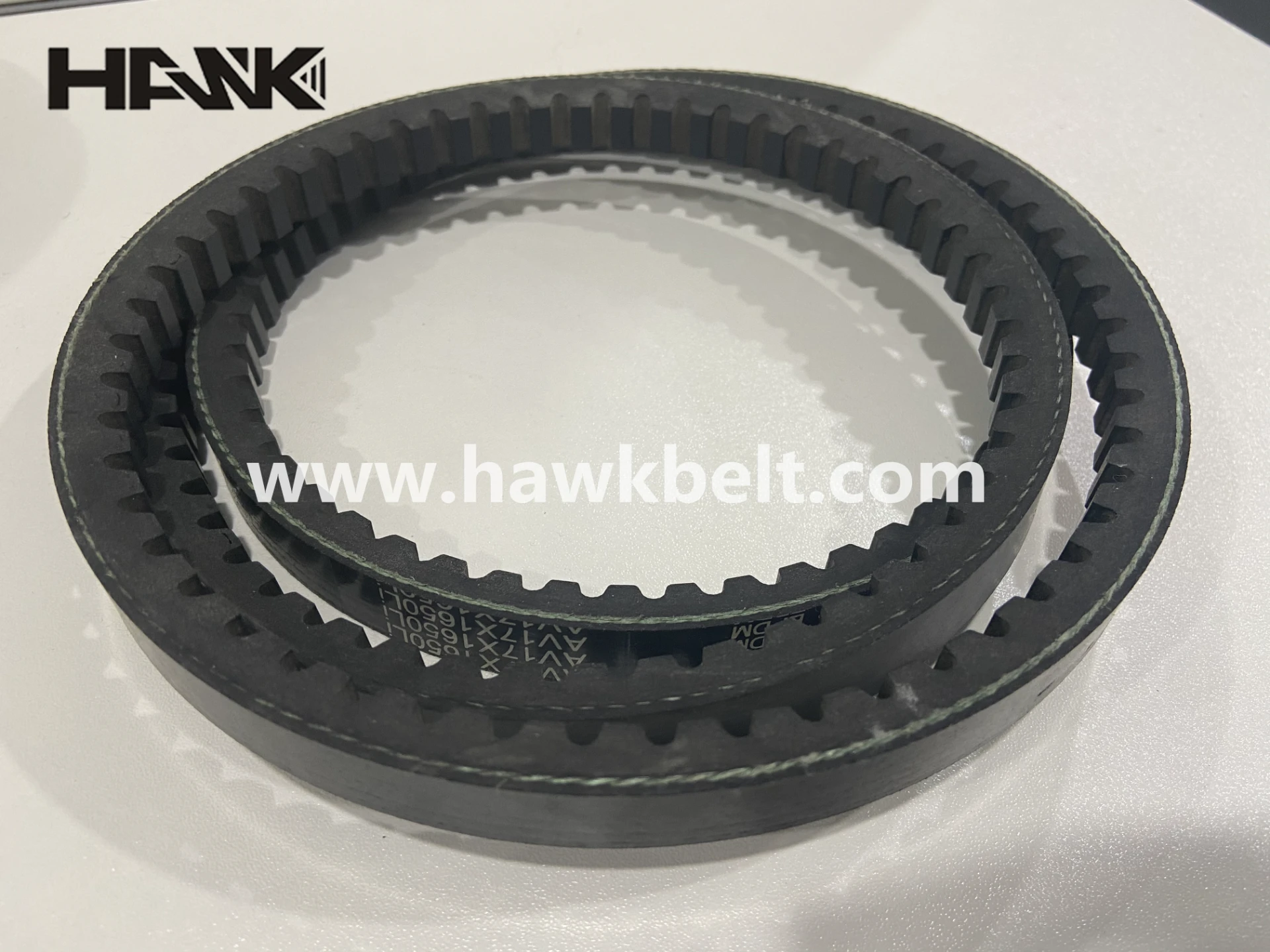- Arabic
- French
- Russian
- Spanish
- Portuguese
- Turkish
- Armenian
- English
- Albanian
- Amharic
- Azerbaijani
- Basque
- Belarusian
- Bengali
- Bosnian
- Bulgarian
- Catalan
- Cebuano
- Corsican
- Croatian
- Czech
- Danish
- Dutch
- Afrikaans
- Esperanto
- Estonian
- Finnish
- Frisian
- Galician
- Georgian
- German
- Greek
- Gujarati
- Haitian Creole
- hausa
- hawaiian
- Hebrew
- Hindi
- Miao
- Hungarian
- Icelandic
- igbo
- Indonesian
- irish
- Italian
- Japanese
- Javanese
- Kannada
- kazakh
- Khmer
- Rwandese
- Korean
- Kurdish
- Kyrgyz
- Lao
- Latin
- Latvian
- Lithuanian
- Luxembourgish
- Macedonian
- Malgashi
- Malay
- Malayalam
- Maltese
- Maori
- Marathi
- Mongolian
- Myanmar
- Nepali
- Norwegian
- Norwegian
- Occitan
- Pashto
- Persian
- Polish
- Punjabi
- Romanian
- Samoan
- Scottish Gaelic
- Serbian
- Sesotho
- Shona
- Sindhi
- Sinhala
- Slovak
- Slovenian
- Somali
- Sundanese
- Swahili
- Swedish
- Tagalog
- Tajik
- Tamil
- Tatar
- Telugu
- Thai
- Turkmen
- Ukrainian
- Urdu
- Uighur
- Uzbek
- Vietnamese
- Welsh
- Bantu
- Yiddish
- Yoruba
- Zulu
нов . 06, 2024 19:49 Back to list
flat belts designed for agricultural machinery applications and efficient power transmission
Flat Belts for Farm Machinery An Essential Component
In the ever-evolving world of agriculture, efficiency and reliability in machinery are crucial for maximizing productivity. One often overlooked yet essential component in agricultural machinery is the flat belt. Flat belts have played a significant role in farm machinery for decades, offering a simple yet effective means of transferring power from one component to another. This article will explore the importance of flat belts in farm machinery, their advantages, maintenance tips, and future trends.
The Role of Flat Belts in Farm Machinery
Flat belts are flexible bands made from various materials such as rubber, fabric, or leather, designed to transmit power between pulleys. In farm machinery, flat belts are commonly used in applications such as tractors, combine harvesters, and other equipment that requires the transfer of motion. The design of flat belts allows for smooth operation, minimizing slippage and enhancing the overall efficiency of the machinery.
The ability of flat belts to handle high loads while maintaining flexibility makes them especially valuable in the agricultural sector. For instance, during the harvesting season, flat belts ensure that machinery operates cohesively, allowing for faster and more efficient crop gathering.
Advantages of Using Flat Belts
One of the primary advantages of flat belts is their versatility. They can be used in a wide range of applications, making them suitable for various types of farm machinery. Additionally, flat belts tend to be quieter than other power transmission methods, which is advantageous during long working hours in the fields.
Another significant benefit is the reduced maintenance costs associated with flat belts. They do not require lubrication like other types of belts, which means less downtime for machinery and lower operational costs over time. Furthermore, flat belts are relatively easy to replace, which helps in maintaining the overall efficiency of farm equipment.
Flat belts also provide excellent grip due to their large surface area, which helps in transmitting power more effectively than round belts. This feature is particularly important in applications where high torque and speed are required.
flat belts for farm machinery

Maintenance of Flat Belts
While flat belts are known for their durability and low maintenance requirements, regular inspections and proper maintenance can extend their lifespan significantly. Farmers should check for signs of wear, such as fraying or cracking, and ensure that pulleys are aligned to prevent unnecessary strain on the belts.
Keeping the machinery clean and free from debris will also help maintain the integrity of the flat belts. Environmental factors such as temperature and humidity can affect belt performance, so it's advisable to store machinery in suitable conditions. Regular tension adjustments are essential to ensure optimal power transmission and prevent slippage, which can lead to inefficiency.
Future Trends in Flat Belts for Farm Machinery
As technology continues to advance, the agricultural industry is witnessing a shift towards more efficient and sustainable practices. This trend is influencing the development of flat belts as well. Manufacturers are now experimenting with new materials and designs that offer increased durability, reduced weight, and improved performance.
Additionally, the integration of smart technology into farm machinery is set to revolutionize how flat belts are used. Sensors can monitor belt tension and wear in real-time, providing alerts to farmers and enabling predictive maintenance. This proactive approach can prevent equipment failures and reduce downtime, ultimately leading to increased productivity.
Conclusion
Flat belts have long been a vital component of farm machinery, contributing significantly to the efficiency and reliability of agricultural operations. Their versatility, ease of maintenance, and cost-effectiveness make them an ideal choice for farmers looking to enhance their machinery's performance. As the agricultural landscape continues to evolve, the future of flat belts looks promising, with innovations aimed at increasing their functionality and lifespan. Embracing these advancements will undoubtedly help farmers maximize their productivity and navigate the challenges of modern agriculture.
-
Upgrade Power Steering Pump Belt for Smooth, Quiet Operation
NewsAug.27,2025
-
Precision Timing Belt & Chain: Engine Performance & Durability
NewsAug.26,2025
-
Precision Lathe Drive Belts: Durable & Reliable Performance
NewsAug.25,2025
-
84.5 Serpentine Belt: Durable & Precision Fit for Your Engine
NewsAug.24,2025
-
Premium Ribbed Drive Belts for Quiet Power Transmission
NewsAug.23,2025
-
High-Performance Vehicle Timing Belt for Engine Precision
NewsAug.22,2025

